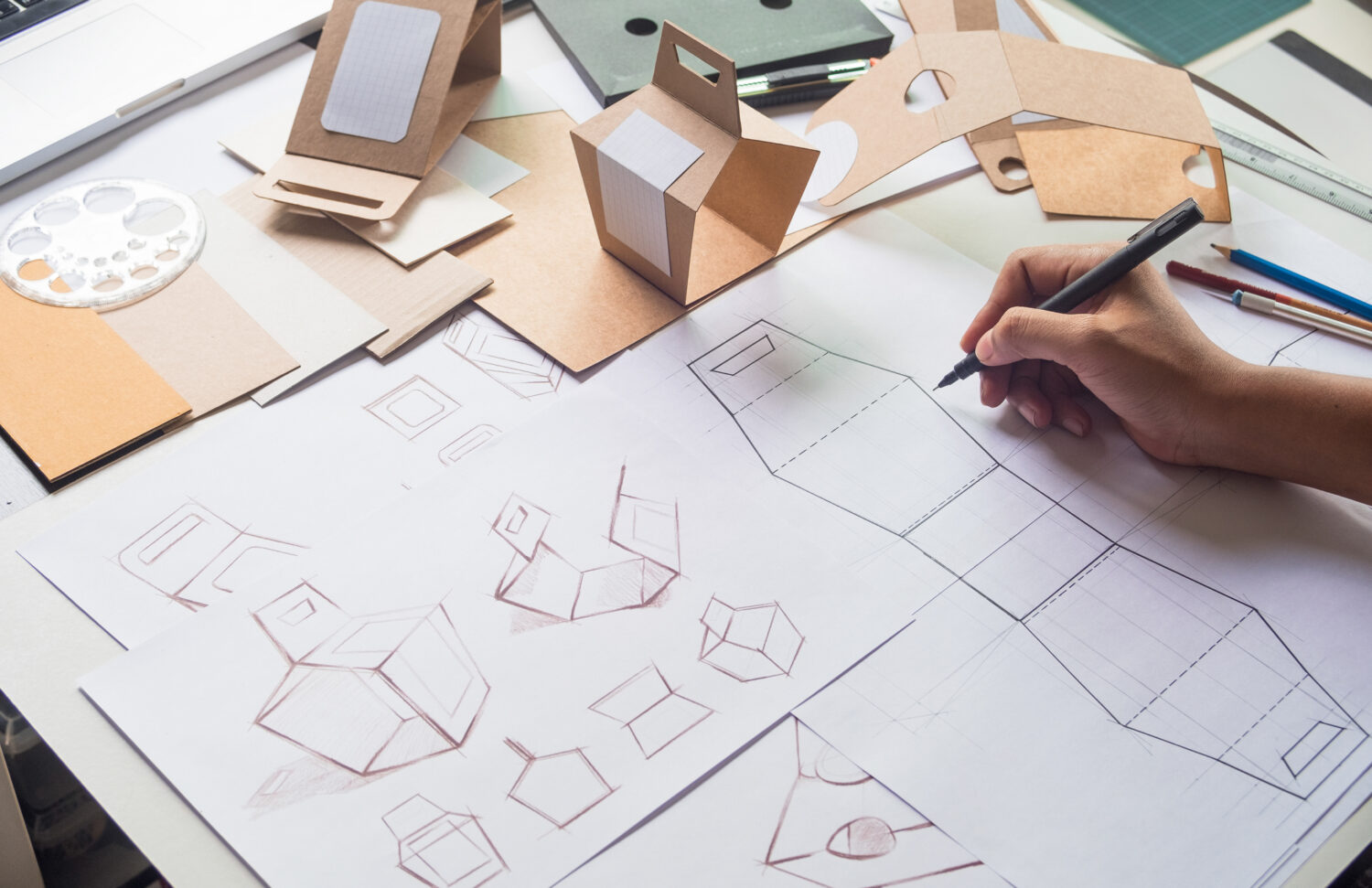What will I learn?
Through studying this course, you will develop the following:
- Critical-thinking and design skills, which you can apply in a practical context;
- A sense of curiosity as you acquire the skills necessary for independent and lifelong learning and action through inquiry into the technological world around you;
- An ability to explore concepts, ideas and issues with personal, local and global significance to acquire in-depth knowledge and understanding of design and technology;
- A willingness to approach unfamiliar situations in an informed manner and explore new roles, ideas and strategies to confidently articulate and defend proposals.
What is the structure of the course?
The structure of the course is broken down into two categories: core content and practical work.
Core Content
Practical Work
- Human factors and ergonomics
- Resource management and sustainable production
- Modelling
- Raw material to final product
- Innovation and design
- Classic design
- Design project
- Group 4 project
- Teacher-directed activities
How will I be assessed?
Assessment
Format
Paper One
External (0.75 hours) – Multiple-choice questions on core material (30% of final grade)
Paper Two
External (1.5 hours) – Data-based, short-answer, and extended-response questions on core material (30% of final grade)
Practical project
Internal (40 hours) – Individual design project (40% of final grade)
Frequently Asked Questions
Which CAS opportunities are available?
Design Technology Club.
Which opportunities for further study are available?
The course is designed for students who want to go on to study Design in higher education as well as for those who are seeking lifelong enrichment through Design.
Is there anything else I need to know?
The IB Diploma Programme Design course encourages students to challenge their own creative and cultural expectations and boundaries. It is a thought-provoking course in which students develop analytical skills in problem-solving and divergent thinking, while working towards technical proficiency and confidence as designers.



